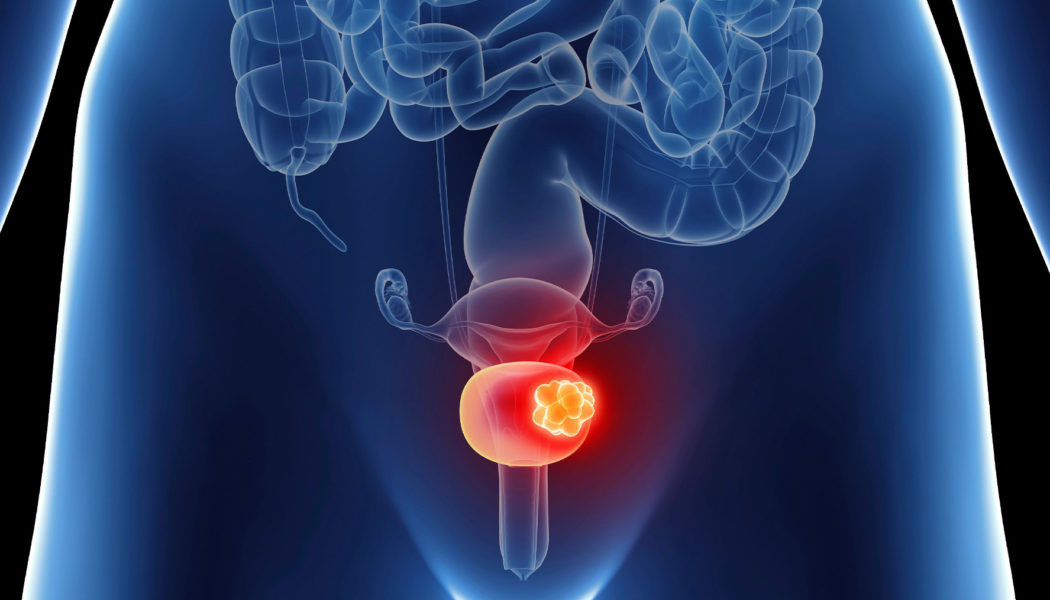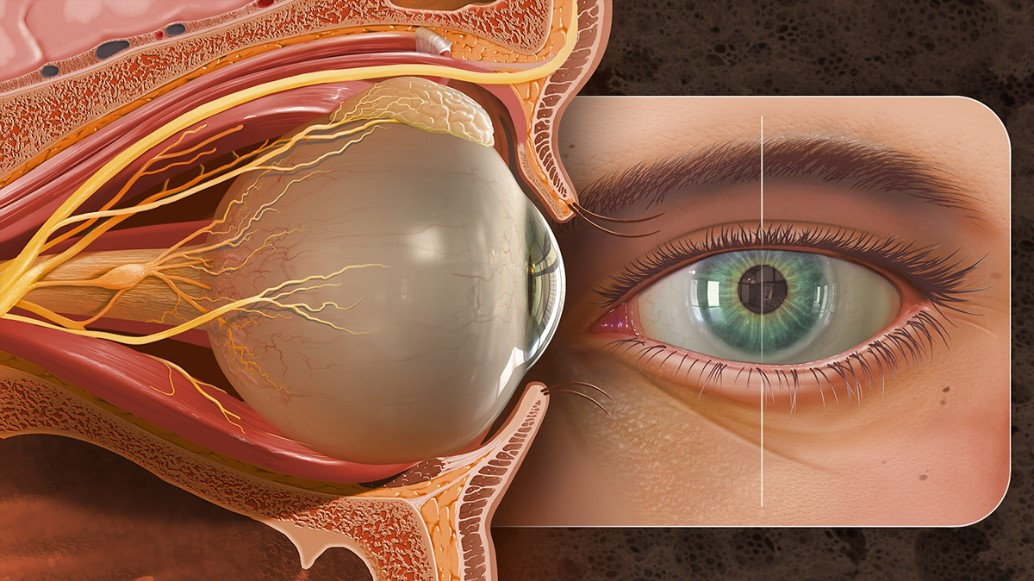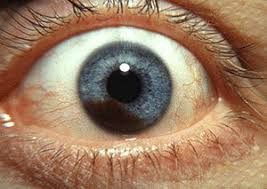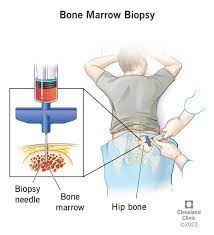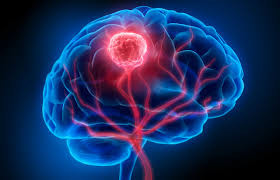Definition
A bladder tumor is a condition characterized by abnormal lumps on the bladder. Tumors can be benign or malignant, the latter typically referred to as cancer. Malignant tumors on the bladder are often diagnosed as bladder cancer. While bladder cancer detected in its early stages can be treated successfully, it may recur even after successful therapy. Therefore, regular check-ups for several years after treatment are necessary.
Causes
Tumors, including bladder cancer, develop due to DNA mutations. DNA provides cells with instructions for their functions. When changes occur in DNA, cells may multiply rapidly and uncontrollably. Normally, healthy cells have a lifecycle and are replaced by new cells as they age. However, abnormal cells resulting from DNA mutations form tumors, which can invade and destroy healthy tissue. As these cells grow, they may break away and spread to other body parts, a process known as metastasis.
Several types of bladder cancer are categorized based on the cells that initiate cancer formation. These include:
- Urothelial carcinoma: Formerly known as transitional cell carcinoma, this type originates in the cells lining the inner wall of the bladder. These cells expand when the bladder is full and are also present in the ureter and urethra, leading to the possibility of cancer in those areas. Urothelial carcinoma is one of the most common types of bladder cancer.
- Squamous cell carcinoma: This type is often linked to chronic or long-term bladder irritation, such as infections or prolonged use of urinary catheters. Squamous cell carcinoma is considered relatively rare.
- Adenocarcinoma: A relatively uncommon type of bladder cancer, adenocarcinoma originates from the cells that form mucous glands in the bladder.
Risk factor
Several risk factors contribute to the development of bladder tumors or cancer:
- Smoking: Any form of smoking increases the risk due to the accumulation of harmful chemicals in urine, which can damage the bladder wall.
- Aging: The risk of bladder cancer rises with age, with a higher prevalence among individuals over 55 years old.
- Gender: Males have a higher risk compared to females.
- Exposure to certain chemicals: Chemicals used in dyes, rubber, textiles, and paint products, as well as arsenic, can increase the risk. Workers exposed to these substances are particularly vulnerable.
- Previous cancer therapy: Treating drugs like cyclophosphamide and radiation therapy in the pelvic area elevate the risk.
- Chronic bladder inflammation: Long-term inflammation from conditions like cystitis or chronic catheter use can heighten the risk. Infections such as schistosomiasis also contribute.
- Family history: A history of bladder cancer in relatives, as well as a personal history of bladder cancer, increases the risk of recurrence.
Symptoms
Symptoms of bladder cancer or tumors include:
- Hematuria or blood in the urine: Urine may change color to red or cola-colored. However, blood may not always be visible, and its presence may only be detected through laboratory tests
- Increased frequency of urination
- Urgency to urinate
- Pain or burning sensation during urination
- Lower back pain
- Unexplained weight loss
- Swelling, especially in the legs
Diagnosis
The diagnosis of bladder tumors involves evaluating symptoms through a medical interview, physical examination, and diagnostic tests. These tests include:
- Cystoscopy: A procedure using a cystoscope—a small tube inserted into the urethra—which contains a camera and light to visualize the inner walls of the urethra and bladder.
- Tissue biopsy: This involves taking a tissue sample, usually during cystoscopy, for examination. Biopsy results determine the type of tumor and may also serve as a treatment method for small cancer cells.
- Urine cytology: Examination of a urine sample under a microscope to detect cancer cells, blood, and bacteria.
- Imaging examinations: These may include CT urograms and retrograde pyelograms. A CT urogram involves injecting contrast into the bloodstream to visualize the kidneys, ureters, and bladder via X-ray examination. Retrograde pyelogram uses a similar principle but injects contrast through the urethra.
If bladder cancer is confirmed, further examinations are recommended to assess the extent of cancer spread. These may include CT scans, MRI, PET scans, bone scans, and chest X-rays.
Management
The treatment and therapy for bladder cancer or tumors depend on factors such as the type of cancer and its stage, which are evaluated by the doctor. Some of the therapies include:
- Surgery to remove cancer cells: Operable cancers may be treated with tumor removal surgery, such as transurethral resection of bladder tumor (TURBT). Chemotherapy may follow to prevent recurrence.
- Chemotherapy in the bladder: This treatment is used to manage cancer that is still confined to the bladder wall, although there is a high risk of recurrence if the cancer is in a higher stage.
- Whole-body chemotherapy: Administered to increase the likelihood of recovery after bladder removal surgery or as initial therapy when surgery is not an option.
- Radiation therapy: Destroys cancer cells using radiation.
- Immunotherapy: Stimulates the body's immune system to fight bladder cancer cells or cancer cells throughout the body.
- Targeted therapy: Employed for severe cases of cancer when other therapies have failed.
- Bladder removal surgery (Cystectomy): Following removal, a pathway may be created to the abdominal wall for urine to exit into an external bag, or a new bladder may be constructed in the digestive tract.
Complications
Complications from bladder cancer or tumors can vary, and both the cancer itself and its treatment can significantly affect the patient's life. One of the most significant influences is the emotional impact, often described as a roller-coaster of emotions. Mood swings can be extreme, ranging from happiness to sadness and even anger, and may even trigger the onset of depression.
A new urinary pathway, known as urinary diversion, is created when therapy involves bladder removal. The choice of urinary diversion method depends on the doctor's assessment and agreement with the patient. However, this condition requires adaptation and lifestyle changes, which may affect the patient's quality of life.
Another complication is sexual dysfunction, which can differ between males and females. In males, erectile dysfunction or impotence may occur, particularly after bladder removal surgery. In females, narrowing of the vagina can result from the side effects of radiation therapy and cystectomy. This can make sexual activity difficult and painful due to a shorter and narrower vagina.
Additionally, chemotherapy can lead to various side effects including nausea, vomiting, loss of appetite, hair loss, weakness due to anemia, increased susceptibility to infections, and mouth ulcers.
Prevention
Preventive measures for bladder tumors or cancer include:
- Quitting smoking and avoiding smoking altogether if you haven't started.
- Exercising caution with chemical exposure, particularly for individuals regularly exposed to chemicals in their work environment.
- Consuming a diverse range of fruits and vegetables, as the antioxidants they contain can help reduce cancer risk.
When to see a doctor?
If you notice a change in the color of your urine, especially if you see blood, it's important to seek medical attention immediately. Similarly, if you experience any of the symptoms mentioned above or have risk factors for bladder cancer, don't hesitate to seek medical help promptly. Regular consultations and examinations are particularly important if you have a history of bladder cancer.
Looking for more information about other diseases? Click here!
- dr. Yuliana Inosensia
Bladder cancer - Symptoms and causes. Mayo Clinic. (2022). Retrieved 4 July 2022, from https://www.mayoclinic.org/diseases-conditions/bladder-cancer/symptoms-causes/syc-20356104.
Babaian, K. (2022). Bladder Cancer: Practice Essentials, Background, Anatomy. Emedicine.medscape.com. Retrieved 4 July 2022, from https://emedicine.medscape.com/article/438262-overview.
Bladder cancer. nhs.uk. (2022). Retrieved 4 July 2022, from https://www.nhs.uk/conditions/bladder-cancer/
Bladder Cancer: Stages, Symptoms, Treatment & Tests. Cleveland Clinic. (2019). Retrieved 4 July 2022, from https://my.clevelandclinic.org/health/diseases/14326-bladder-cancer.


